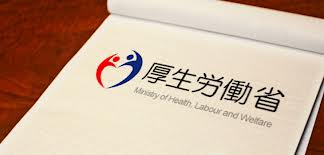 JAPAN OPENS ARMS TO NUVASIVE’S COROENT (Orthopedics This Week)
JAPAN OPENS ARMS TO NUVASIVE’S COROENT (Orthopedics This Week)
NuVasive, Inc’s CoRoent Large Impacted and CoRoent Large Tapered titanium alloy implants have been given the official green light in Japan.
The company announced on December 17, regulatory shonin approval from the nation’s regulatory agency. Shonin allows NuVasive to participate in the world’s second largest spine market with cervical solution. In 2005, according to law firm Morgan Lewis, the Japanese medical device market was more than 2.5 trillion yen, of which imports accounted for 1.0 trillion yen. (One yen equals $1.)
“This is an exciting stepping stone for NuVasive! For several years, we have been thoughtfully laying the groundwork and making the investments to support a direct operation in Japan, a market estimated to be close to $400 million in size. We are proud to see all of those efforts coming to fruition so that our revenue ramp can begin in earnest at the start of the first quarter.
“We look forward to the opportunity to introduce Japanese surgeons and patients to NuVasive; first to our game changing portfolio of cervical and posterior thoraco-lumbar solutions, and then, upon further regulatory approval, to our unique lateral XLIF solution,” said Alex Lukianov, head of NuVasive.
The implants are used in posterior spine fusion procedures and are NuVasive’s first two interbody fusion cages to be approved in Japan.
Bringing a new drug or medical device to market in Japan requires an approval, or shonin, specific to the device or drug and a manufacturing license, or kyoka, specific to the manufacturing facility where the device or drug is produced. The approval must be held by a Market Authorization Holder, or MAH—the entity that will actually bring the product to market.
The Japanese market has a reputation as being a tough regulatory nut to crack. The Pharmaceutical and Medical Devices Agency (PMDA) has primary responsibility for administering the approval of new pharmaceutical products and medical devices in Japan, although final authority to issue approvals still rests with the Ministry of Health, Labour and Welfare (MHLW).
According to Morgan Lewis, over 90% of medical devices are approved in one year (the government’s target for approval time), but, in limited cases, the process can take considerably longer, with three years not being unheard of.
